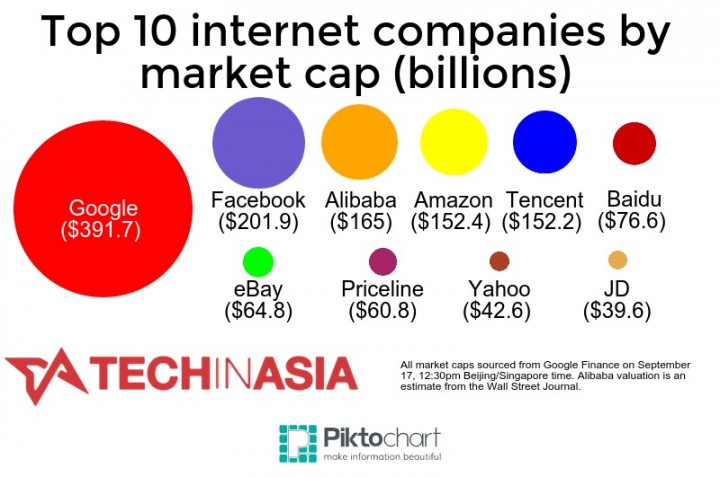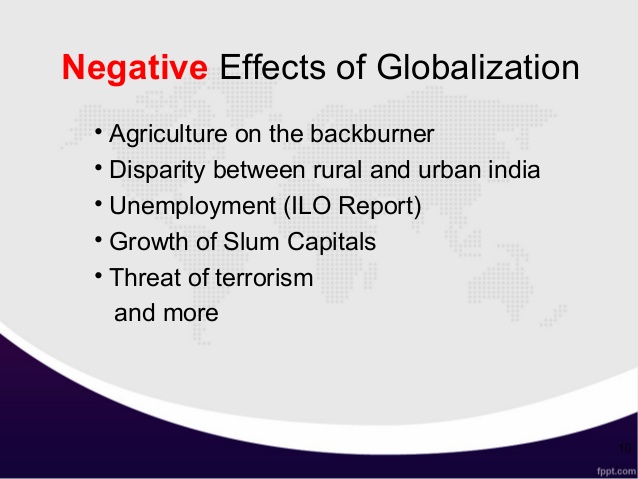Contents
The Federal Reserve does not implement its policy through changes in money supply. But it does track changes in narrow and broad money to formulate its response to the prevailing state of the economy. However, if many of the aggregate demand shocks come from changes in cash demand, which influences the LM curve, then a policy of concentrating on the money provide shall be destabilizing. This evaluation however breaks down if the demand for cash is not stable — for instance, if velocity within the above equation is not fixed. In that case, shocks to money demand underneath cash provide targeting will translate into changes in actual and nominal rates of interest and lead to economic fluctuations. In current years, some tutorial economists famend for their work on the implications of rational expectations have argued that open market operations are irrelevant.
M4 includes all of the goods in M2, as well as wholesale bank and building society deposits. M0 is made up of in-circulation money and bankers’ deposits at the Bank of England. It is not that easy for economists to define the amount of money flowing in the economy because cash can be exchanged for different financial instruments. Usually, “broad money” is used as a term and less as a composed definition throughout any circumstances.

It comprises notes, coins, and all the deposits that individuals have in their bank accounts. However, note that foreign currencies don’t come under this category. Usually, time deposits are much larger than both currency in circulation and demand deposits. broad money refers to The sum of M1 and time deposits is called ‘broad money’. And final however not least, M3 contains every thing in M2 and time deposits bigger than USD a hundred,000, balances in institutional cash market funds, and time period repurchase agreements.
Meaning of broad money in English
Central banks can affect the money provide by open market operations. They can enhance the money provide by buying government securities, corresponding to authorities bonds or treasury payments. This will increase the liquidity in the banking system by converting the illiquid securities of economic banks into liquid deposits on the central financial institution. This additionally causes the price of such securities to rise as a result of elevated demand, and rates of interest to fall. On the other hand, broad money consists of liquid assets used for purchasing goods and services along with the items categorized under narrow money.
Deposits in foreign currency are excluded from all monetary aggregates by most countries, or they are included only in broad money, with some exceptions. The gradations are presented in decreasing order of fluidity. M1 has the highest liquidity and is the easiest to deal with, whilst M4 has the least. Such measurements vary consistently with the possible liquidity of the budgets included.
The money supply is the entire stock of currency and other liquid instruments in a country’s economy as of a particular time. Different countries define their measurements of money in slightly different ways. In academic settings, the term broad money is used to avoid misinterpretation.
Also known as M0, narrow money refers to physical money, such as coins and currency, demand deposits, and other liquid assets, that are easily accessible to central banks. The various components of money can be aggregated together in order of liquidity. Since money is primarily used to settle day-to-day transactions, it needs to be readily usable as a means of doing so. Clearly, cash and coins are the most liquid forms of money, since they can be used instantaneously and universally used to settle unlimited transactions.
The four types of money include commercial money, commodity money, fiduciary money and fiat money. Is quite excited in particular about touring Durham Castle and Cathedral. M0, M2, M4, and M3H are the four money measures used by the Bank of England, with M0 being the narrowest and M4 being the broadest. M1 is made up of all of the cash in circulation and all overnight deposits.
Number of times money passes from one hand to another, during given time period. In other words, when Reserve money increases, Broad money will also increase. The main significance of M3 is that it captures the complete balance sheet of the banking sector.
Narrow measures embody only essentially the most liquid belongings, those most easily used to spend . Broader measures add much less liquid types of assets (certificates of deposit, and so forth.). Over recent many years, nevertheless, that perception of the money supply has changed. For simplicity, one can say that when there is an increased amount of money present, the business gets the advantage of proper financing, leading to an acceleration in the economy. But if the system lacks money, the prices start to drop, and a retardation in the economy is observed. It can be said that, for the determination of factors that could influence the economy by the central bankers, broad money plays an essential role for measurement.

In March 2006, the Federal Reserve stopped publishing M3 statistics. Because cash can be exchanged for many kinds of financial instruments, it is not a simple task for economists https://1investing.in/ to define how much money is circulating in the economy. Economists use a capital letter “M” followed by a number to refer to the measurement they are using in a given context.
broad money definition, broad money meaning | English dictionary
While the definitions of money vary by country, each country has a measure for broad money and narrow money. In this article, we will discuss the difference between broad money and base money. Therefore, most international locations distinguish between at least three measures of money provide, M1, M2, and M3. The time period “monetary policy” refers to what the Federal Reserve, the nation’s central financial institution, does to influence the sum of money and credit score within the U.S. financial system.
Any opinions in the examples do not represent the opinion of the Cambridge Dictionary editors or of Cambridge University Press or its licensors. Marketing91 is a free resource site for Business and Marketing students and professionals. The main purpose of this website is to share all concepts, strategies, analysis and various Business and Marketing resources to help beginners and professionals. Thanks for ur job sir &I need a calrification what is the diff b/w other deposits with RBI which took place both in M0 and M1..
- Converting shares into cash is another classic example of broad money usage.
- John is going for a ride with his friends, and suddenly, he sees an ice-cream parlor.
- In Japan, M3 is broad money that consists of all items in M1 and M2 and deposits at post offices, banks as well as savings.
- Narrow money is a term used for money used by consumers daily for transactions and bank deposits.
- M2 is made up of everything in M0 plus retail bank deposits.
- There is a strong relationship between the growth of money supply and long-term price inflation.
For different calculations, different components are included as ‘money’. DisclaimerAll content on this website, including dictionary, thesaurus, literature, geography, and other reference data is for informational purposes only. This information should not be considered complete, up to date, and is not intended to be used in place of a visit, consultation, or advice of a legal, medical, or any other professional. Add broad money to one of your lists below, or create a new one. Nevertheless, we will need broad money targets and to make the best of them.
We can achieve several advantages by expanding the scope of the total money. It is found to be extremely helpful for policymakers to get a better hold on inflation rates. For establishing monetary policy, broad money and narrow money are both observed simultaneously by Central Banks.
What is ‘Broad Money to Reserve Money’
With money as a medium exchange individuals can exchange their goods and services for money and then use this money to buy other goods and services according to their needs and conveniences. • As Geoffrey Crowther puts it, “Money acts as a standard measure of value to which all other things can be compared.” Money measures the value of economic goods. • Under barter economy there was no common measure of value in which the values of different goods could be measured and compared with each other.

The money supply includes items within all of the categories from M0 to M4. Therefore, it represents both the most liquid and the less liquid cash and deposit-based assets held within a nation. This includes funds in bonds or other securities as well as institutional money market accounts. While M1/M0 are used to describe narrow money, M2/M3/M4 qualify as broad money and M4 represents the largest concept of the money supply.
Other examples of broad money include foreign currencies, certificates of deposit, money market accounts, treasury bills, and marketable securities. Broad money is a classification of money that includes narrow money and other easily convertible assets. It is the technique that is regarded to be the most encompassing when it comes to a country’s approach to the calculation of its money supply. There is no universal agreement as to what constitutes broad money. It may also include debt securities with maturities of less than two years, repurchase agreements and other assets.
Benefits of Broad Money
It is the connection between financial base and money provide in financial system. The amount cash that banks generates with each unit of cash. It is the ratio of deposits to the reserves within the banking system.
Full BioRobert Kelly is managing director of XTS Energy LLC, and has more than three decades of experience as a business executive. He is a professor of economics and has raised more than $4.5 billion in investment capital. FREE INVESTMENT BANKING COURSELearn the foundation of Investment banking, financial modeling, valuations and more. LiquidityLiquidity is the ease of converting assets or securities into cash.
[Economic Survey] Ch4: Measures of Money Supply, M0-M1-M2-M3-M4; Reserve-Narrow-Broad Money, Money multiplier & Velocity
A monetary base is the total amount of a currency in general circulation or in the commercial bank deposits held in the central bank’s reserves. Some politicians have spoken out in opposition to the Federal Reserve’s choice to cease publishing M3 statistics and have urged the U.S. Congress to take steps requiring the Federal Reserve to do so.
Being the most flexible method used in measuring money supply in an economy, central banks are keen on keeping tabs on broad money to help them forecast inflation. Narrow money includes all physical money such as currency, liquid assets held by the central bank, demand deposits and coins. Money supply has a direct effect on inflation, the business cycle, and the price level of goods and services. There is a strong relationship between the growth of money supply and long-term price inflation.
